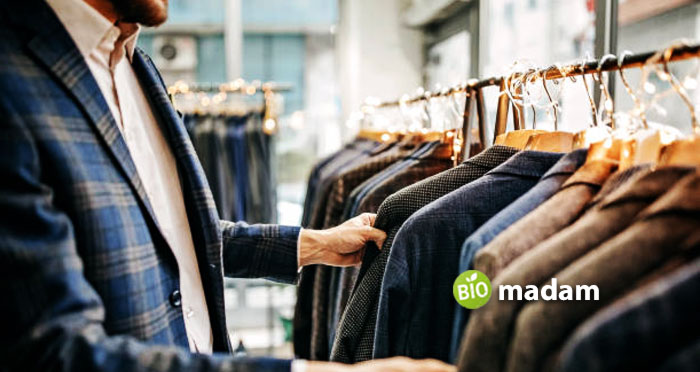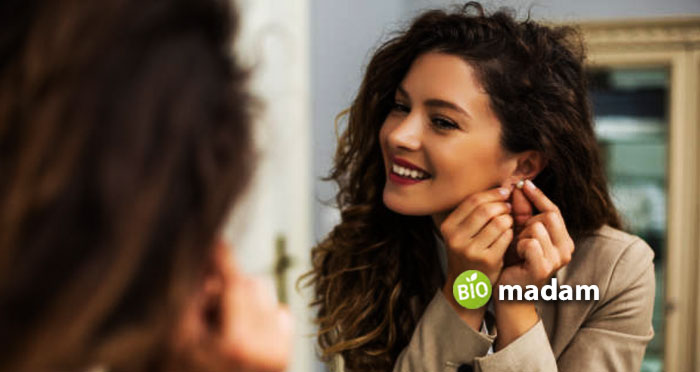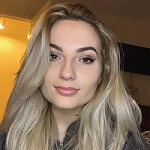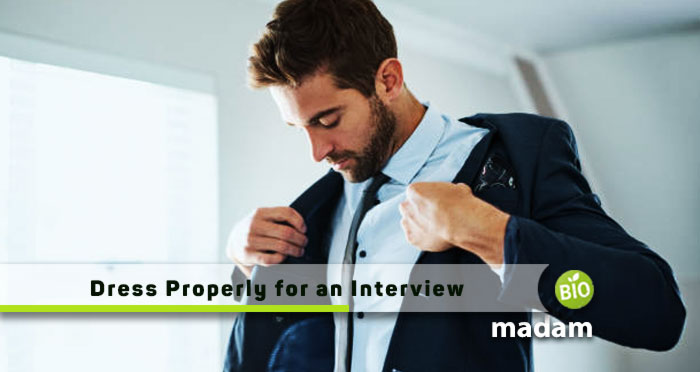Appearance in an interview plays a very important role. After all, the first impression will be formed even before the HR specialist starts asking questions about your education, skills, and work experience. Clothing will help create the desired image. On the eve of the interview, try to study in advance the peculiarities of the dress code in the company in which you are going to get a job.
Choice of Colors
The main recommendation when choosing a color scheme is calm and neutral colors. Bright colors will distract attention, as will catchy prints. Give preference to the classics like Chelsea boots. Plain or a suit in a cage, a thin strip, or a houndstooth is always a win-win option.
Calm color does not mean boring. The black and white combination will create an incredibly stylish combination for your set. The modern business dress code allows for many more variations: all shades of blue (from pale blue to ink), dark green, gray, or noble beige.
Psychologists advise choosing shades that suit you especially and in which you will feel more confident in an interview. Try to strike a balance by drawing the attention of the employer, but not distracting from the purpose of the interview.
The Choice of Clothes Depends on the Position
The choice of clothes for the interview depends on what position you are applying for. Women who are leaders in a team need to look businesslike. Win-win strict, but feminine options – the current model of a straight-cut skirt, trousers,s or three-piece suit with a vest.

Fashion is a social code that you need to get into so that you are believed and your words are listened to. Having created an up-to-date image, you will appear as a specialist who is aware of trends, regardless of age and status.
To feel as confident and comfortable as possible, choose well-fitting items from quality fabrics that do not hinder movement. The less the fabric wrinkles, the less you will think about your appearance. You can choose Tencel or cotton in the summer – but let it be a composition with an admixture of synthetics, which excludes the appearance of wrinkles.
You should not come to the interview in clothes with a lot of details – they, like too bright makeup, will distract the interlocutor from the subject of the dialogue.
Kit Selection
Things should not only match your appearance and field of activity but also be combined with each other. The classic office suite – a trouser set – looks good in a single color. In addition to the traditional gray, blue, and black suit, there are many options in beige, brown, or wine tones.
When choosing a suit with a skirt, pay attention to two important points: length and style. If you wear a skirt that is too short or tight, it will simply be uncomfortable for you to sit, and the interview can last quite a long time. A pencil skirt is considered a versatile option and can be combined with both short jackets and long fitted ones. With blazers and straight jackets to the hip, you need to be more careful so that the figure in such a combination does not seem monumental.
You can wear a blouse under the jacket. For it, the optimal length is up to the wrists or ¾. The blouse should not be too tight. And so that she does not wrinkle, pick up a jacket of such a size that there is a little space between the layers of clothing. This will make you feel comfortable and allow you to focus on the essence of the conversation.
A business dress will save you time in choosing a good set. On the one hand, it is a full-fledged suite in itself, on the other hand, it can be supplemented with a jacket or blazer to feel more protected and confident.
If you prefer a looser smart casual look, try a combination of a shirt and cropped trousers or palazzo trousers. The interview shirt needs to be tucked into the waistband, but with a loose cut, you won’t feel constrained. If you prefer slim-fit trousers, choose a top that allows you to wear a belt and define your waist, making you feel more composed.
How to Choose Accessories?
A strict business look requires impeccably matched accessories. Jewelry should complement, not catch the eye. Expensive items – such as rings and earrings with large precious stones – are best left for another occasion. Give preference to laconic design and elegance. Exceptions may be creative areas or the advertising industry: in this case, you can give free rein to your choice.

Classic business accessories for women are shawls or scarves around the neck, strict and elegant belts, discreet jewelry, and laconic bags.
Shoes should be stylish and comfortable at the same time.
What not to Wear
The working atmosphere implies a discreet style. If you want to emphasize the figure, you can afford a fitted silhouette – but without a deep neckline and transparent elements.
See-through dresses, thigh-high cutouts, short shorts, and skirts will be crazy. The same goes for shoes: coming to an interview in clogs or open-toed sandals is a bad form. Wake up early morning, practice, wear suitable office attire and you are ready to ace the interview!

Hi, they call me Jenna, and I am also known for achieving a gold medal during my Ph.D. in science life. I always had a dream to educate people through my utmost writing hobby. So, I chose this blogging path, and Biomadam gave me this opportunity to present for them. I now stand to entertain you. Continue reading my articles & discuss if you’ve any confusion through the comment section below.

